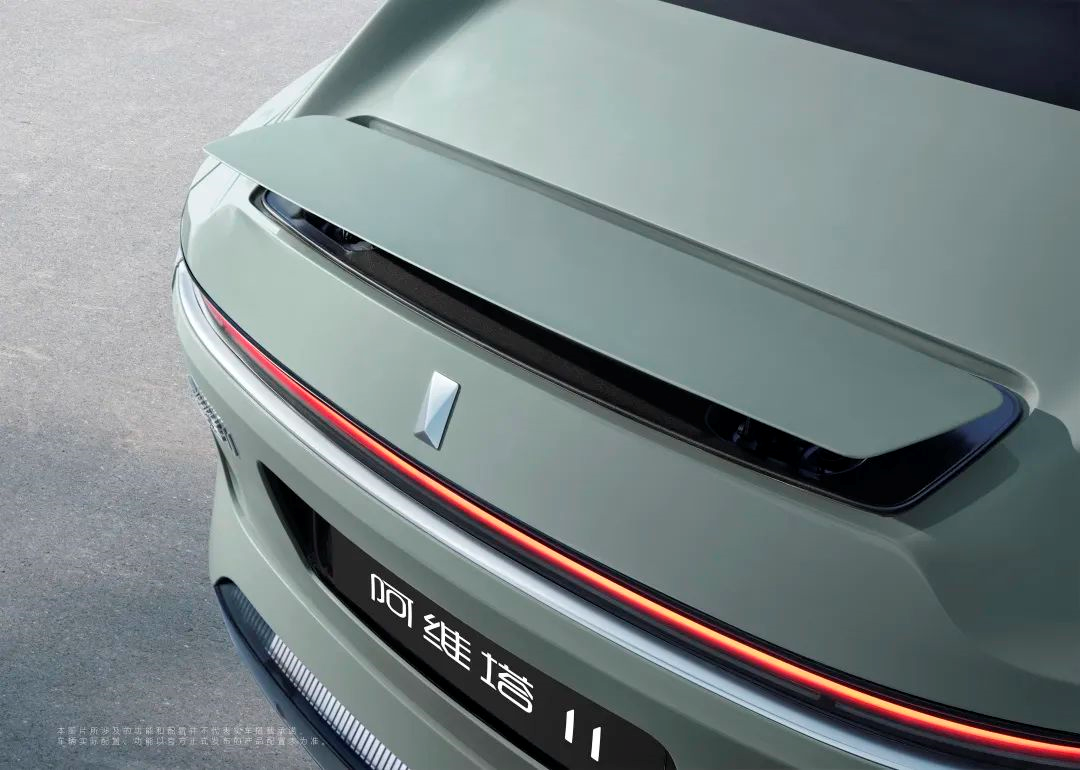Author: Wang Xuan
In 2022, the days of traditional automakers are difficult, as AI companies such as Huawei enter the industry under the banner of “helping automakers build better cars” with strong emphasis on their influence in the automotive industry. In the era of intelligence, the “upper body” of automobiles must give way to emerging technologies. And when IM Automobile talks about self-driving capabilities to showcase its strengths, they are the ones taking the technological lead, not Silergy. When it comes to electric vehicles, everyone thinks of CATL because one-third of global battery cell supply is from CATL.
For a long time, traditional car companies have been in an “excessively ambiguous” stage with suppliers in the areas of intelligence and electrification. Why not break through the barriers and form a community of interests with core supplier partners to build cars together? That’s what Avatar does. And the partnership model of Changan, Huawei, and CATL might just be the beginning with more of such collaborations in the future.
Along the lines of creating intelligent and electrified automotive products, there are two main paths for automakers: (1) deep self-research, (2) partnering with suppliers. Today, Avatar proposes a third path: to work with suppliers to build a tighter community of interests.
While the first two paths have their own advantages and disadvantages, self-research has a higher speed of response to market demands for core technologies and functionalities, and a greater sensitivity to the demands of its customers. However, automakers are also going to face greater resource allocation. Partnering with suppliers ensures professional people doing professional things, but the cooperation requires both sides to repeatedly negotiate during the progress. Without the constraints of a community of interests, it is difficult to work together on the overall product of the vehicle, with suppliers always being a “swing-arm” that produces the product and leaves.
The “strongest Chinese partner” takes in the advantages of the above two paths, while dealing with the shortcoming of traditional car companies, a partnership which allows supplier partners to work on the entire vehicle product with all their heart and soul.
The most obvious example is the design of the Avatar 11, where the automatic driving sensor hardware is well integrated into the body shape, and only with deep collaboration can this be achieved, requiring comprehensive communication among designers, engineers, and programmers.
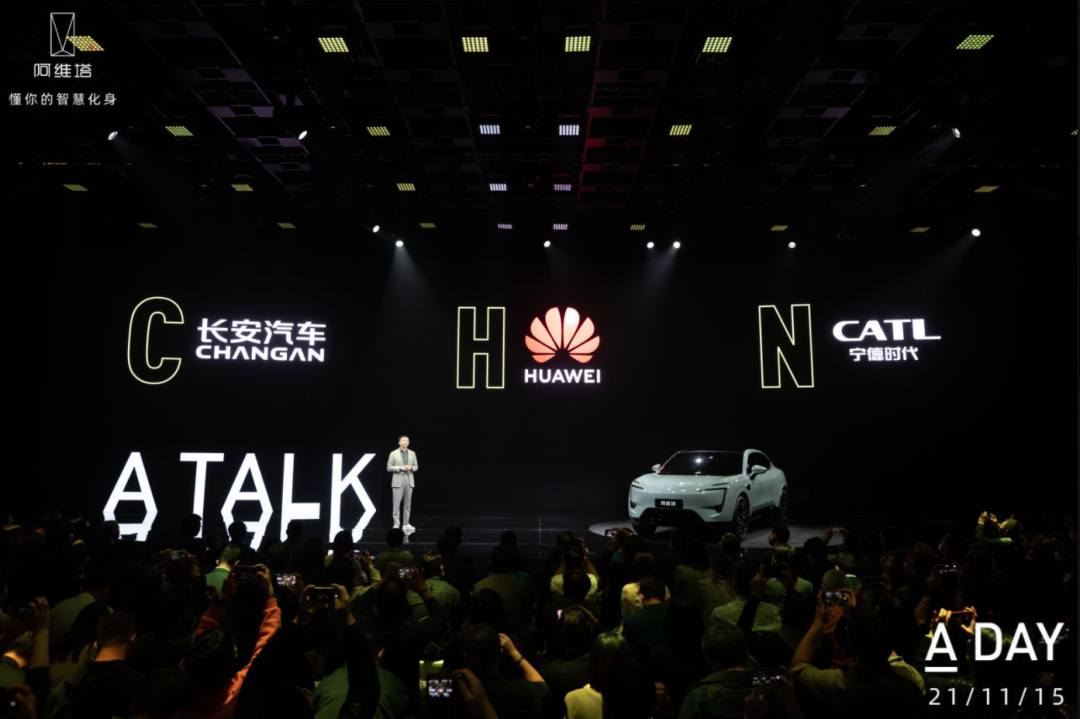
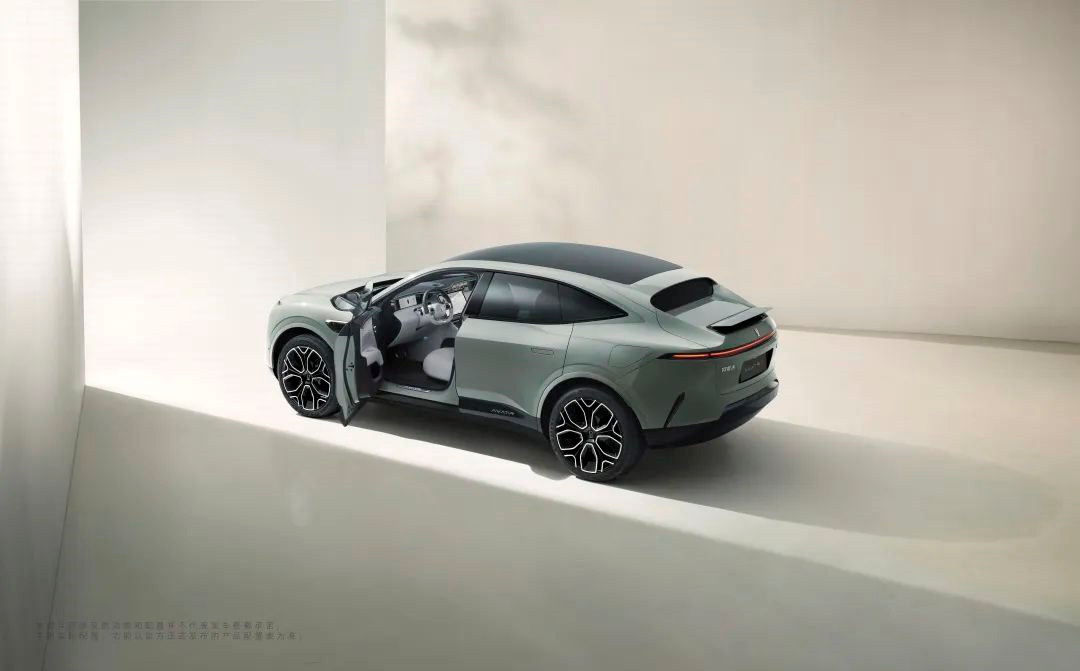
Chairman and CEO of Aweta Technology, Benhong Tan, said, “Why we’ve ultimately been able to integrate so many sensors in a perfect way, while still meeting our design requirements, is that if it was just a supplier relationship we definitely wouldn’t have been able to achieve it. This PK, this game, this confrontation definitely exists, why did I do it? Because I wanted to reach higher heights, and through repeated discussions about performance and design, we finally shook hands and got to where we are today.”
Wang Jun, the Chief Operating Officer of the Huawei Intelligent Car Solution Business Unit and the President of the Intelligent Driving Product Line, jokingly said, “In this collaboration, we were very obedient.”
Changan is the one who set up the game, and is also the party that benefits the most.
With Huawei’s support, Aweta’s products will have significantly improved intelligent performance. Ningde Times’ entry gives Aweta more confidence. Earlier this year, due to rising raw material prices, some of this electric car product company experienced price hikes, and while car manufacturers were complaining, they were also worried about power battery supply guarantees in unbalanced supply and demand situations.
However, Changan is not a “laying win” situation, being able to recruit two bigwigs highlights Changan’s strength. From the release of Aweta 11, the industry’s interest continued to rise, and in addition to the attention paid to Huawei and Ningde Times, Aweta 11’s design also won countless fans. Thanks to this, in the context of a scarce battery industry resource, Ningde Times is also able to further increase its shareholding to become the second-largest shareholder, which is also recognition of the brand’s development prospects.
As Benhong Tan said, Changan, Huawei, and Ningde Times have a common goal with Aweta – to create new heights in the automotive industry, which makes the three parties more tightly bound together.
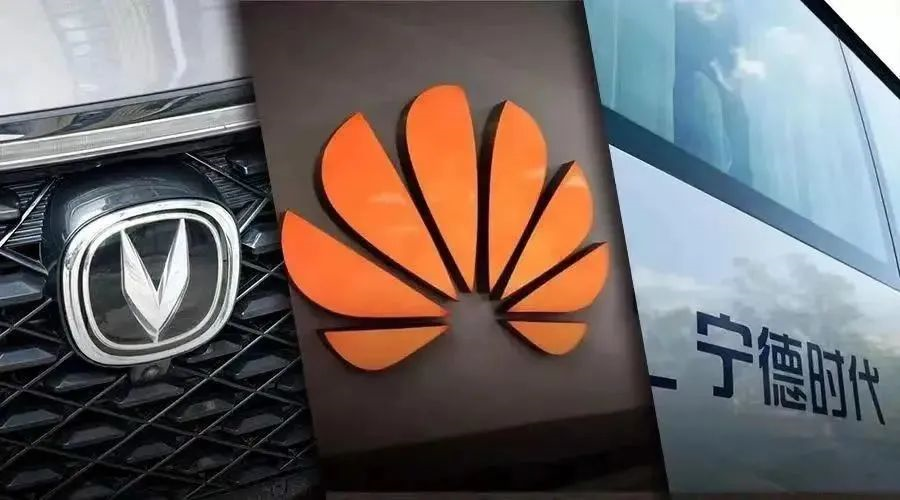
As the saying goes, heroes cherish heroes, and in order to aim for higher goals, the strong tend to travel in pairs. The story of the tripod is most common in the football world. Last summer, Messi had the idea of leaving Barca, and after Suarez left, the MSN combination was completely broken. In order to keep Messi, Barca received Messi’s best friend Aguero, and the most important chip was the recall of Neymar, not only to restructure the front line trident, but also to give Messi hope for a higher stage.
In an interview with Aweta’s media, Benhong Tan jokingly said that the three-party collaboration is like three people who study chemistry, physics, and mathematics walking together, with all their advantages coming together, making Aweta 11 have “three major ceilings”: a beauty ceiling, an intelligent driving ceiling, and a comprehensive performance ceiling; “three major features” : new architecture, strong computing, and high-voltage charging.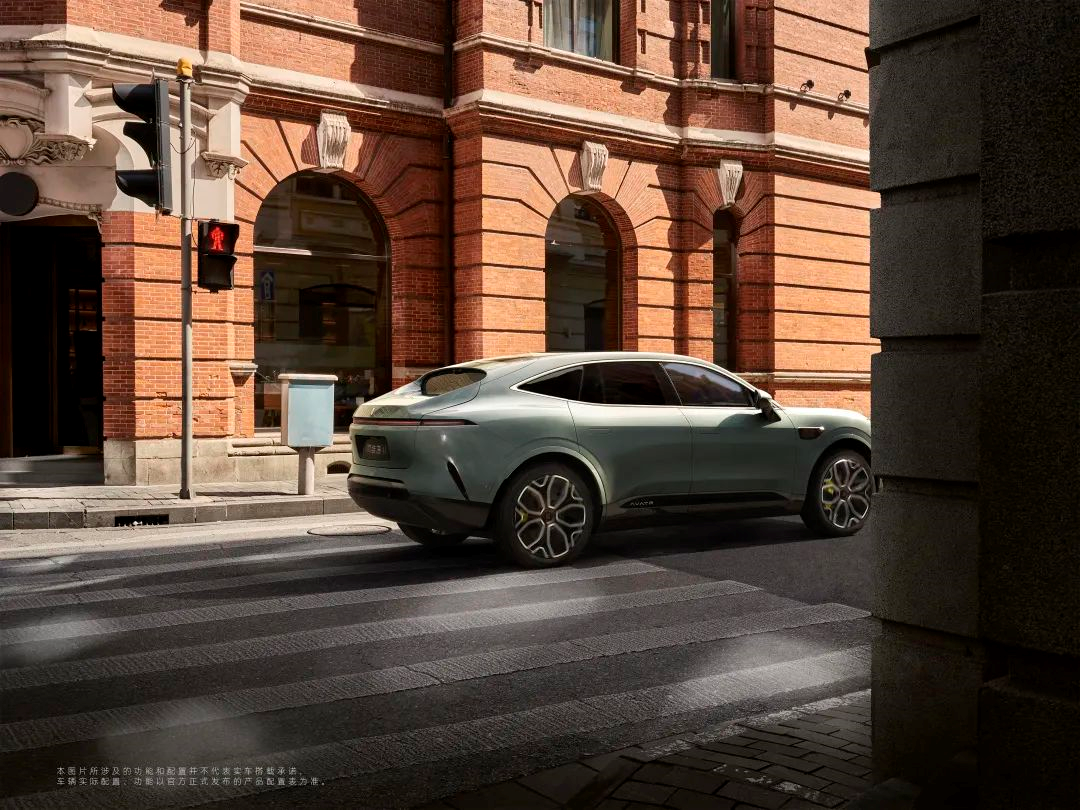
Avita 11: starting with high-end
Avita 11 has three versions with different prices: the long-haul dual-motor version is priced at RMB 349,900, the luxury long-haul dual-motor version is priced at RMB 369,900, and the ultra-long-haul dual-motor luxury version is priced at RMB 409,900. It is positioned as a high-end medium-to-large-sized SEV.
The body length is 4880mm, the width is 1970mm, and the height is 1601mm; the wheelbase reaches 2975mm. The car is equipped with two CTP2.0 battery pack versions. The energy density of the 90-degree battery pack is as high as 180Wh/kg, and the 116-degree pack is as high as 190Wh/kg.
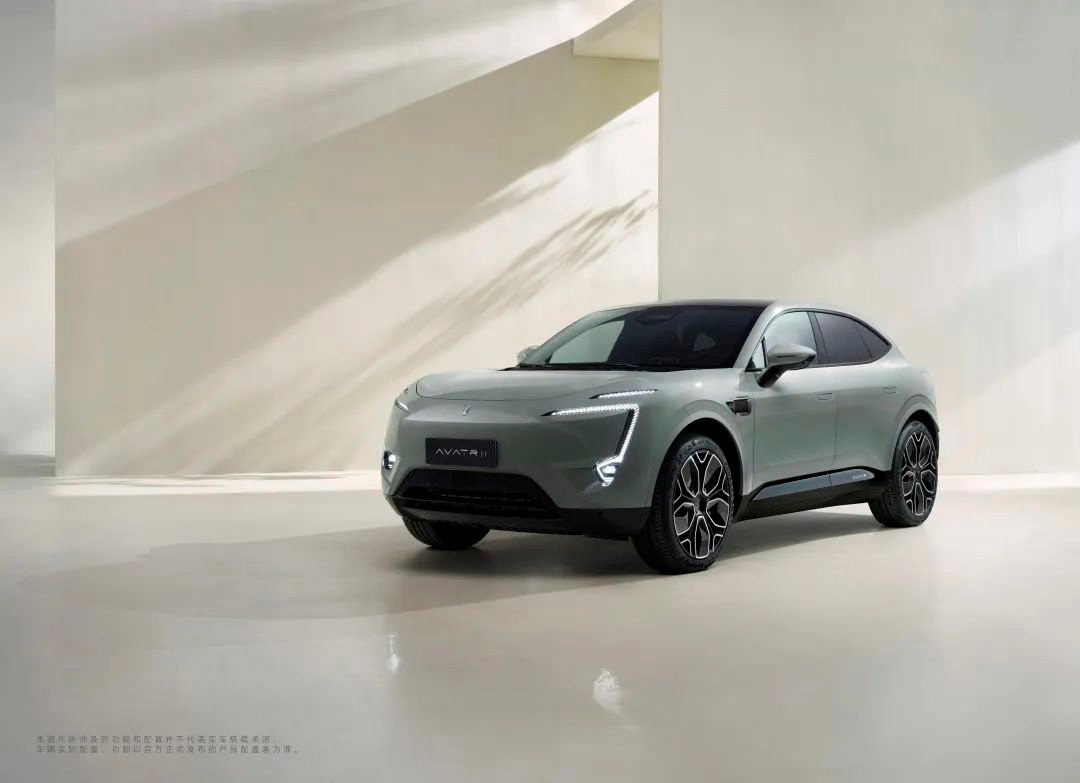
It is equipped with Huawei DriveONE three-in-one electric drive, with a maximum power of 425kW. The front induction asynchronous motor can reach 195kW, while the rear permanent magnet synchronous motor can reach 230kW. The acceleration time of the 90-degree four-wheel drive model is 3.98 seconds per 100km.
The cabin interaction hardware includes a 10.25-inch full LCD instrument panel, a 15.6-inch suspended central control screen and a 10.25-inch co-pilot touch screen. The Avita 11 has many intelligent cabin sensing functions, such as standard intelligent voice interaction, emotion recognition, gesture control, fatigue monitoring, leaving and entering the cabin perception, mobile phone wireless charging, ultraviolet sterilization, etc.
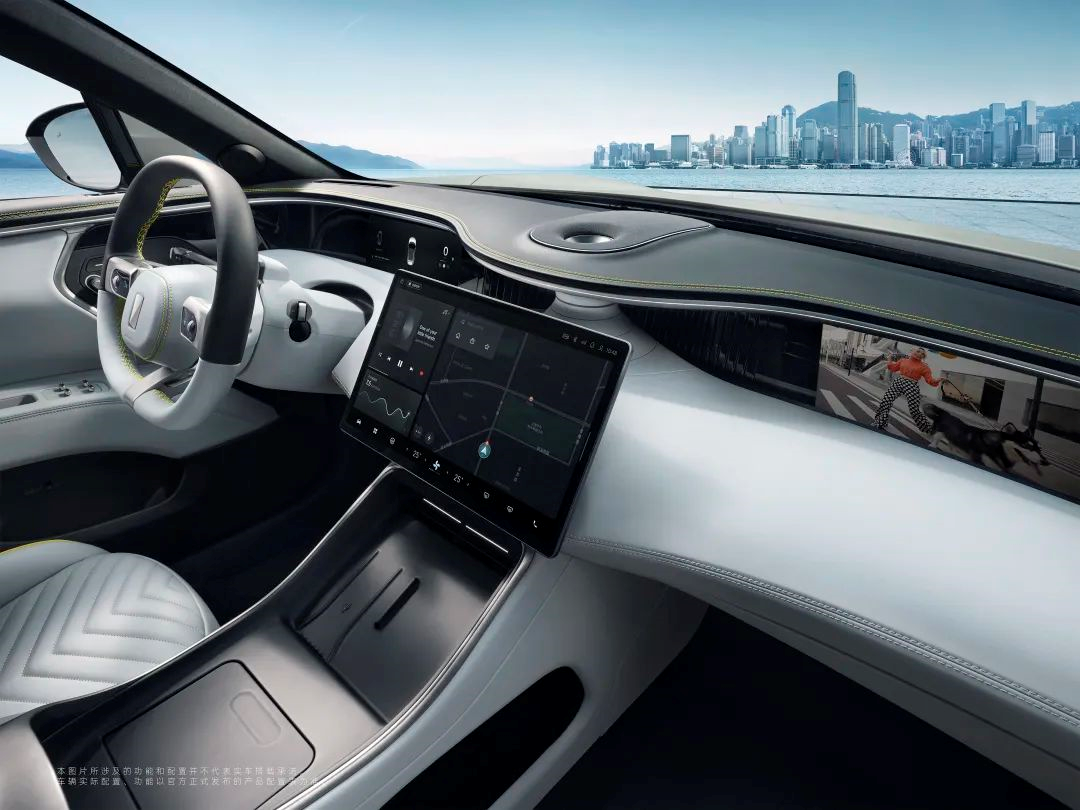
Avita CHN architecture has six levels: cloud big data layer, vehicle function application layer, vehicle operating system layer, electronic and electrical architecture layer, energy layer, and mechanical layer.
The reason why Avita’s architecture is called CHN is that the advantages of Changan, Huawei, and CATL in mechanical, intelligent, and energy aspects can all be reflected in this architecture.
In terms of mechanics, the Avita 11 has a front aluminum alloy double wishbone and a rear five-link independent suspension, with the subframe, steering knuckles, and control arms made of aluminum alloy.
In terms of intelligence, Avita 11 comes standard with Huawei ADS intelligent driving system, equipped with 34 intelligent driving sensors, including three semi-solid-state lidars, six millimeter-wave radars, 12 ultrasonic radars, and 13 high-definition cameras; using high-performance computing platforms, fusion perception algorithms, VRU interaction and game algorithms, it has 360-degree full-cover fusion perception capabilities, and the total computing power of the intelligent driving platform reaches 400 TOPS.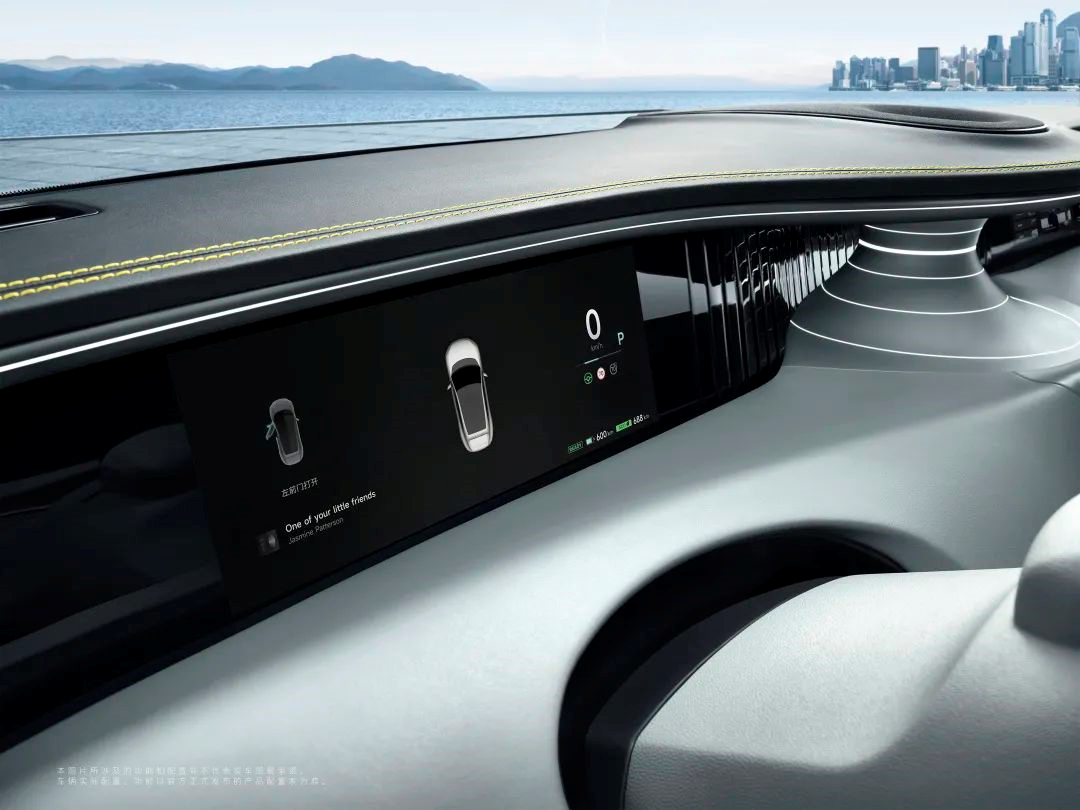
On the energy front, the Avetor 11 uses a 750V high-voltage charging and leveling platform with a maximum electric power of 240kW. It can be fast-charged in 10 minutes, increasing the cruising range by about 200km.
As for the specific driving experience, we will present it to you in tomorrow’s test drive experience video.
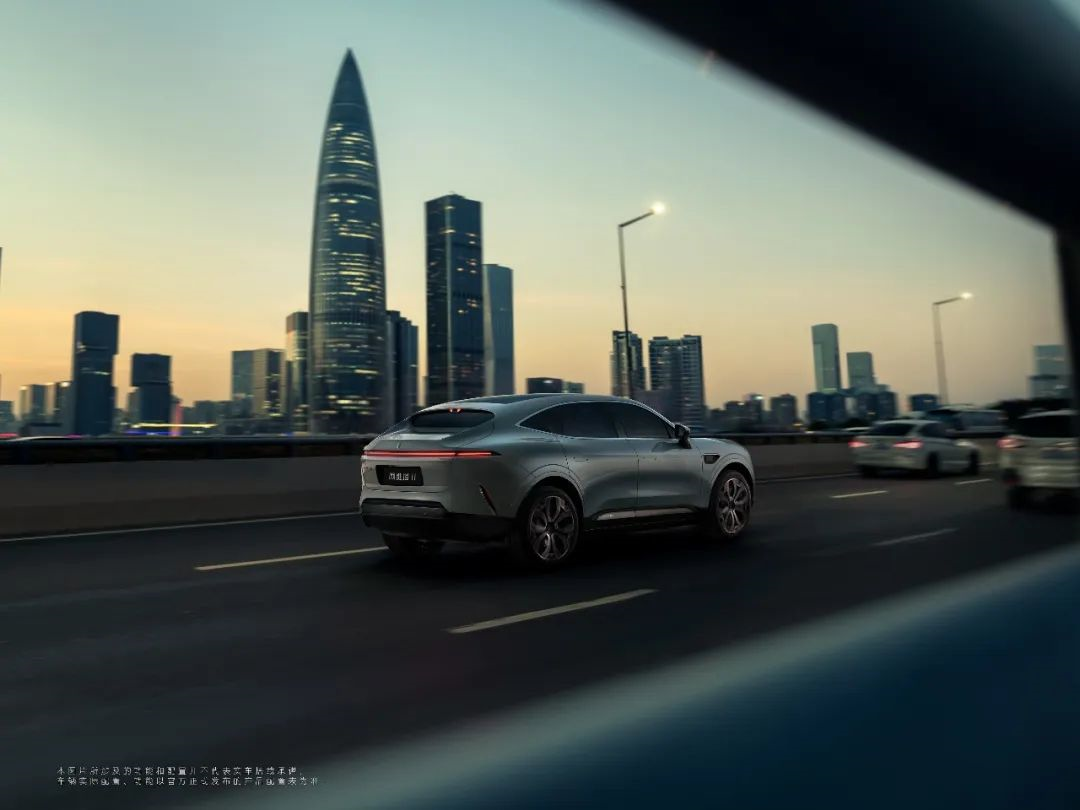
Huawei Inside: Looking Forward, Focusing on The Present
In cooperation, Huawei is mainly responsible for the automatic driving software and the software/hardware of the car, as well as the electric drive system.
In terms of car software, Huawei has a brand ecological barrier that can bring more added value to its products. The bundling of car software and 3C products such as smartphones allows Huawei’s phone users to get the best experience on Huawei’s car software.
In response to the car software ecology, in addition to developing applications specifically for the automotive scenario, Huawei will also promote the “Super Desktop” function to send more applications to the car software. Finally, Wang Jun also mentioned that the open source Hongmeng system welcomes more individual users to develop car scene applications.
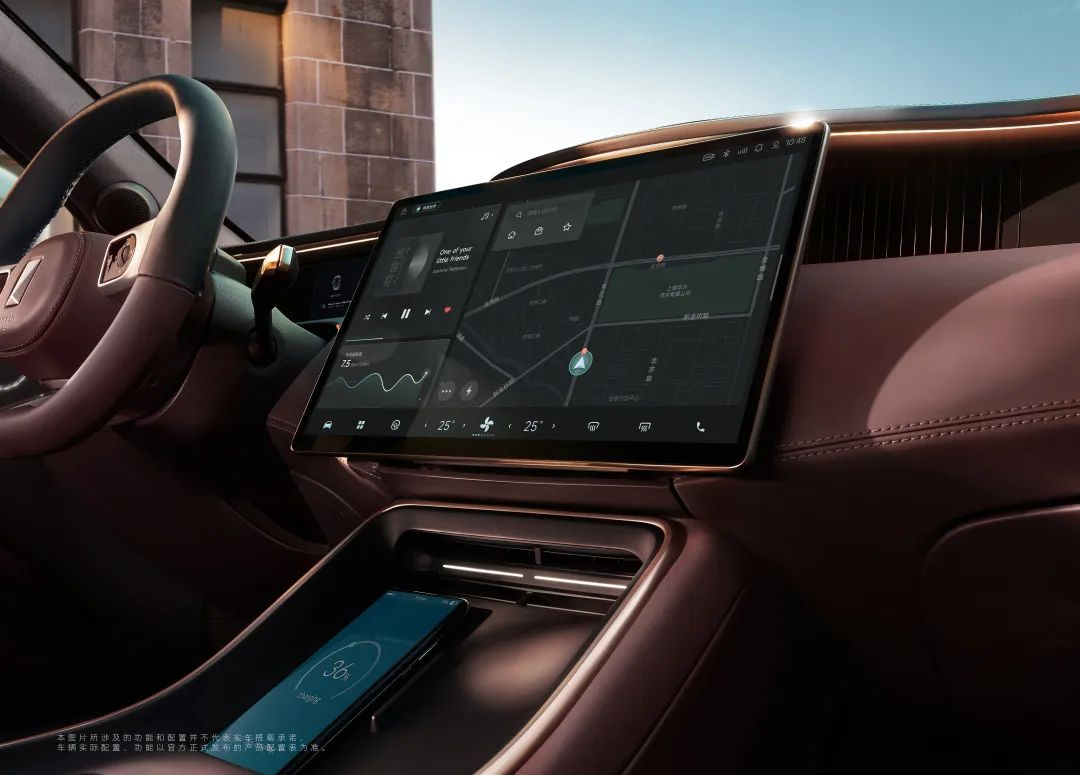
Regarding the smart cockpit, Wang Jun said that “there is no ceiling in the cockpit. There will be revolutionary and various technologies inside. Huawei cannot do all the technology and all the applications. We can provide the bottom layer capabilities of the operating system and chips, and provide speech ability, sound effect ability, and visual ability to our partners, including providing AVATAR with the ability to develop their own apps on their cars, and even allow end users to develop their apps based on their preferences.”
On top of the CHN platform, the cockpit chip of the Avetor 11 is a replaceable module. Wang Jun stated that in the future, when the cockpit computing power reaches a bottleneck, users can quickly upgrade by replacing the module.
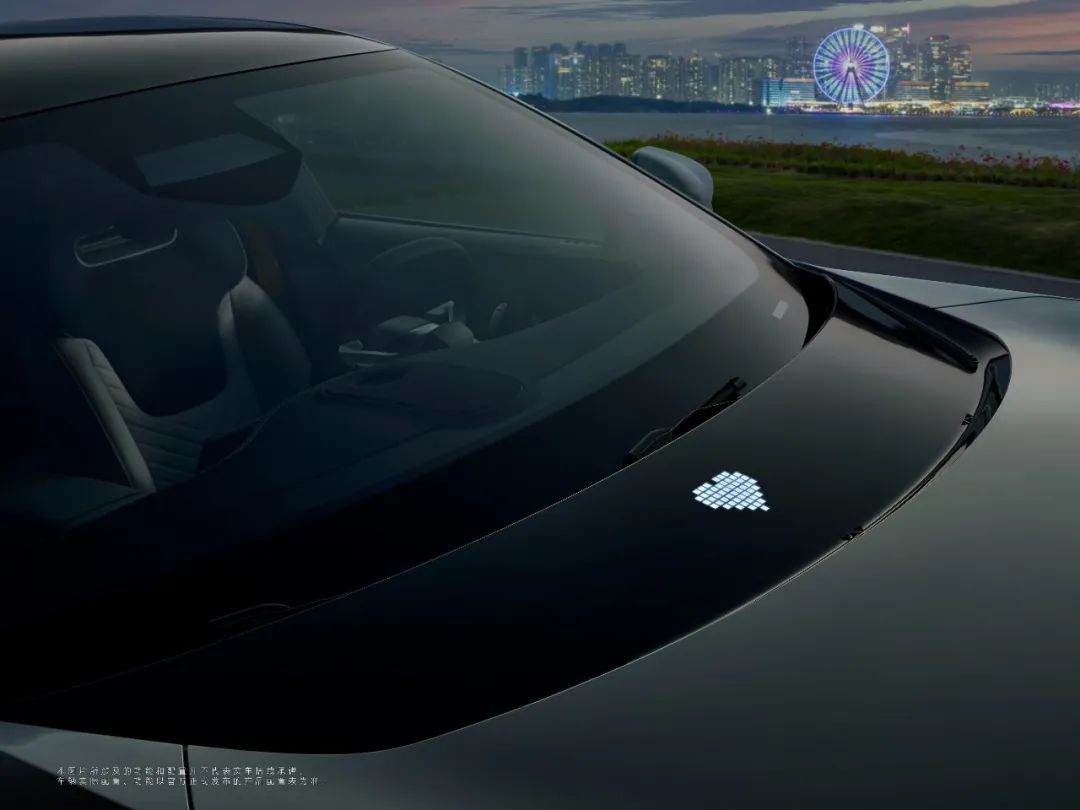
Regarding automatic driving technology, the Highway Pilot NCA will be unveiled along with the product, and the Urban Pilot NCA is expected to be unveiled in the first quarter of 2023. Wang Jun stated that regarding the high computing power platform and sensor hardware layout, we currently need to address safety-related issues. At the same time, the CHN platform of Avetor 11 fully supports technological iteration.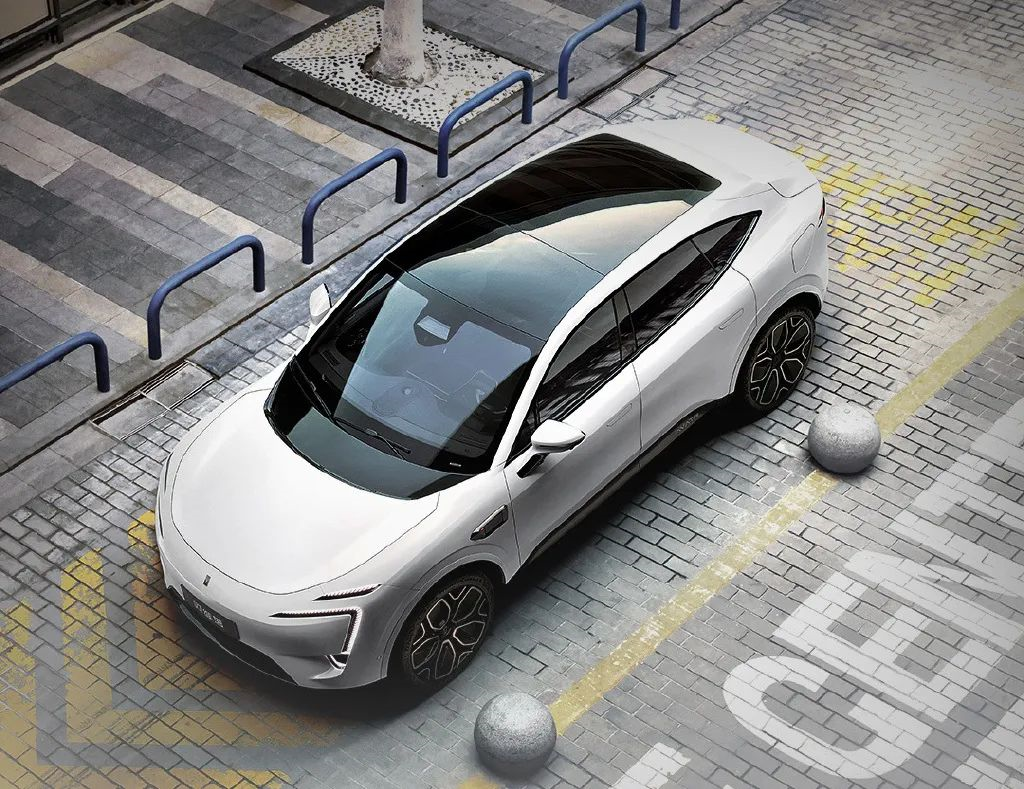
Wang Jun said, “The core of intelligent driving is safety. With so much computing power and sensors, the basic functions will definitely be better than those of previous cars. The reason why we have so many sensors is because the most important thing for intelligent driving assistance systems is to guard safety, which is our first priority in design.”
Supported by Ningde, opening the “high-voltage era”
The Avita 11 is one of the first high-power and high-voltage charging models. At a maximum charging power of 240 kW, it can provide an additional 200 km of mileage after a 10-minute fast charge. Of course, we have the following questions related to high-voltage platforms:
-
What is the purpose of being the first to deploy in areas where the capacity of charging facilities cannot match the high-voltage platform?
-
What are the solutions for the low efficiency of State Grid charging piles?
-
When will the Kirin battery be on board?
Regarding the first question, Wang Jun said, “More than three years ago, we went directly for high-voltage, which was indeed somewhat ahead of its time. Why? Now we find that there are problems with charging. At that time, we thought that high-voltage charging stations were already covering highways, but we discovered that the construction of charging equipment was relatively slow compared to our technology products. Therefore, at that time, we made a decision with Mr. Tan to create a boost module so that we could use direct current charging piles found in the market.”
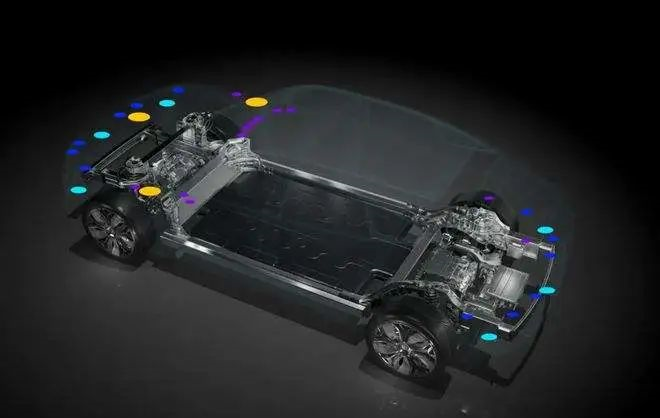
In addition to matching existing charging facilities on the market, Avita has also launched a plan to build its own charging network. Avita has signed a long-term strategic cooperation agreement with BP to jointly promote the construction of high-voltage fast charging networks. The two parties plan to jointly build more than 100 standardized high-voltage fast charging stations in 19 cities nationwide by the end of 2023. The power of a single station can reach 480 kW, and the maximum power of a single gun can reach 240 kW.
In addition, regarding the latest CTP3.0 “Kirin battery,” Xiang Yanhuo, president of the passenger car solutions department of CATL China, stated that Avita is currently using the new generation of Kirin battery technology to create a product with higher fast charging performance and longer range, but the specific time has not been disclosed.
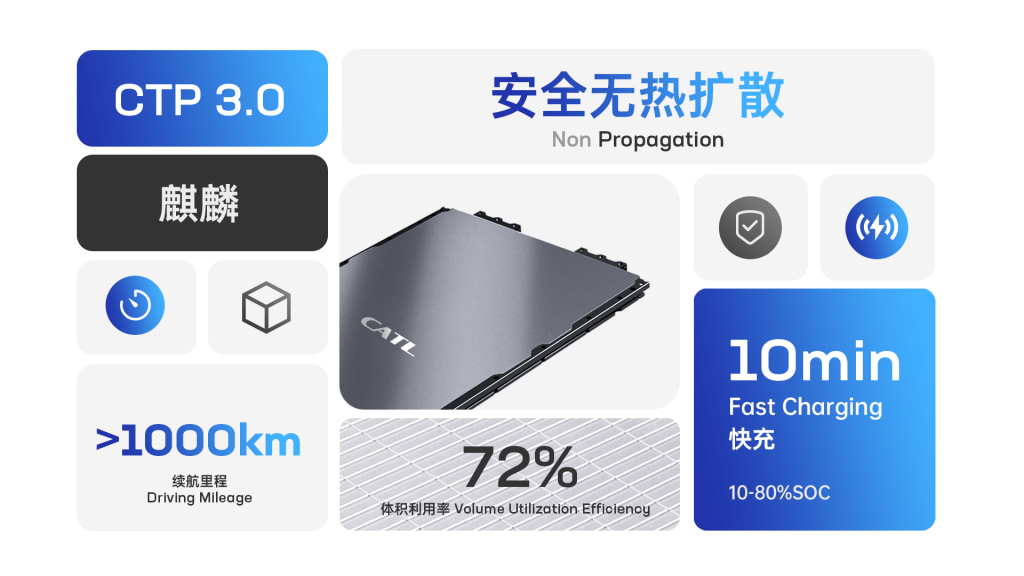
However, the CTP2.0 product currently used by Avita is an upgraded version with higher energy density. Xiang Yanhuo also mentioned that he hopes to provide users with a more stable and comprehensive battery product with higher performance on the first product.
In conclusionThe collaboration model behind Avita can be said to be a model for the “Chinese partners” in the automotive industry.
From a certain perspective, traditional car companies are passive in the wave of intelligence. Instead of waiting passively for AI companies and battery manufacturers to occupy the industry highlands, it is better to turn passivity into initiative and cooperate deeply with various industry giants to showcase more brand value on a higher stage.
This article is a translation by ChatGPT of a Chinese report from 42HOW. If you have any questions about it, please email bd@42how.com.
